Peaceful and familiar, that was our first feeling when the first wheels rolled on Laos - the land of a million elephants at the beginning of the rainy season in 2024. People, rice fields, scenery... brought that feeling.
Painter Do Duc marvels at the jagged curves against the backdrop of the mountain ranges. The Lao couple selling hot corn to director Pham Loc have very kind faces. If there were no language barrier, one would feel as if one were in a familiar countryside somewhere in Vietnam…
1. The road was not good but much better than before. The land was vast, the population was sparse, and the economic capacity was limited, it was not easy to invest in infrastructure in all areas at the same time. Fortunately, the first rain of the season only made it difficult for us in one landslide, muddy and slippery area. Everything was fine.
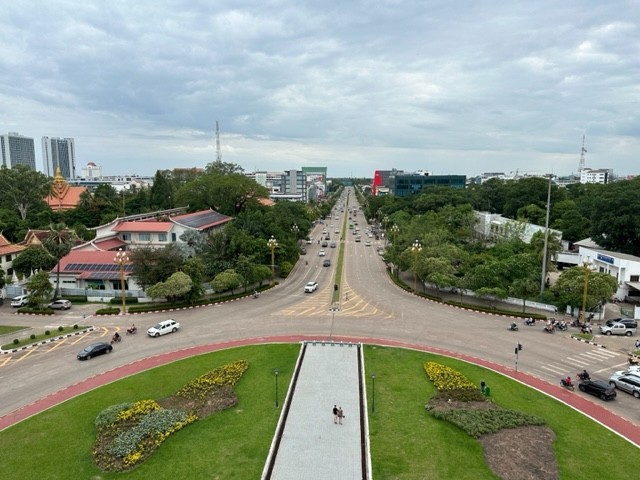
We passed through Cau Treo border gate located on the top of Keo Nua pass, the end point of National Highway 8 in Huong Son ( Ha Tinh ), to Nampgao border gate in Bolikhamxay, a Central Lao province with a strategic position in the East-West economic corridor, connecting Vietnam and Thailand. Throughout history, this land has experienced many wars with the Siamese.
The road we took ran through the Nakai-Nam Theun National Biodiversity Area, the third largest nature reserve in Laos. Bolikhamxay has many rivers. The largest is the Nam Kading, which means “Water Flowing Like a Bell,” which flows into the Mekong. The longest mountain ranges in the province are the Phou Louang, which runs to the southwest; the Phou Ao range to the southeast; the Thalabat range to the southwest; and the Pa Guang range to the northeast. In Khamkheuth district, there is a karst formation, said to be the largest in Southeast Asia. There are many small peaks that make up the stone forest.
We crossed the Nam Kading River on a beautiful sunny afternoon. Although we could not hear the sound of "Water flowing like a bell", we could see the peaceful villages along the river, the familiar water stations with boats and people. The Stone Forest is a unique beauty of Bolikhamxay. In Lak Sao town, the rocks grow together, like trees in the forest, protruding on both sides of the road. We had the opportunity to stop at a resort with a name inspired by rocks: Rock View Point, to admire the beautiful scenery here. The peaceful green of the forest trees mixed with the gray rocky mountains from the beginning create an attractive natural picture. Many foreign tourists come here to enjoy this beauty.
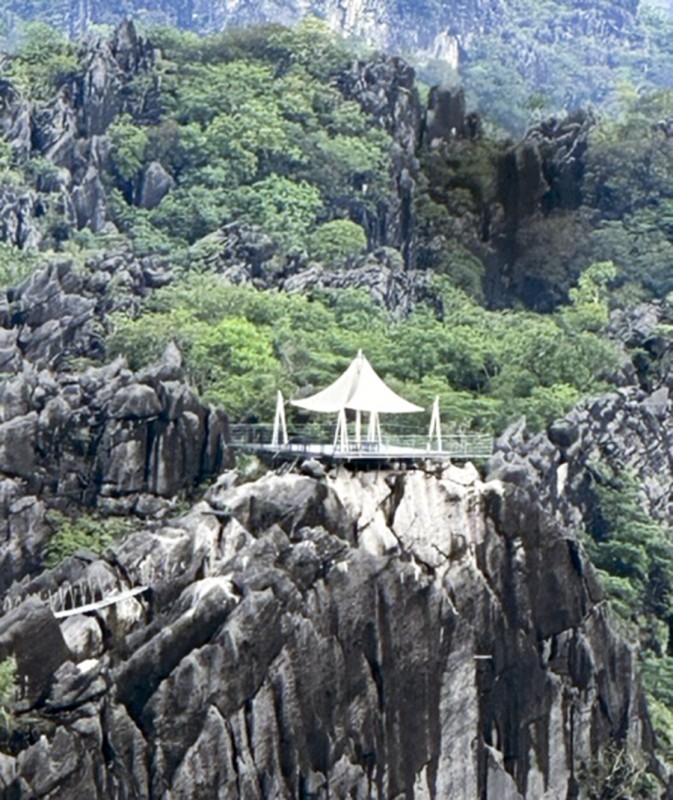
Paksan, the provincial capital of Bolikhamxay, is located on Highway 13, close to the Thai border. A quiet city with small streets along the river, ancient temples and pagodas. Paksan is being expanded and built to become a center of trade, services and tourism . The large bridge connecting Paksan with the town of Meuang in Thailand is about to be completed. We had an afternoon walking around Paksan, watching the streets light up, having our first meal in Laos with the special dishes of this land. The price is very reasonable. A delicious meal for 4 people is only over 300,000 Kip. We stayed at Khem Khong, a small hotel, fully equipped and clean. The price is only 200,000 Kip for a single room. The morning in Paksan is very peaceful. The slow pace of life is a characteristic of the Lao people. The shops are open late.
2. From Paksan, we headed north towards Vientiane to visit Wat Phabath, a temple that in Lao means Buddha's Footprint. Every year on the full moon day of January, there is a festival here. In the temple grounds, there are very large ancient trees. The statues in the temple are made of clay, carved from stone or from precious wood. The road to Vientiane is quite good. This is the main road connecting the North and South of Laos.
Returning to Vientiane after more than 10 years, I clearly feel the changes in the capital of your country. The city is larger, the pace of life is more bustling, besides the traditional cultural features that are preserved are new colors.
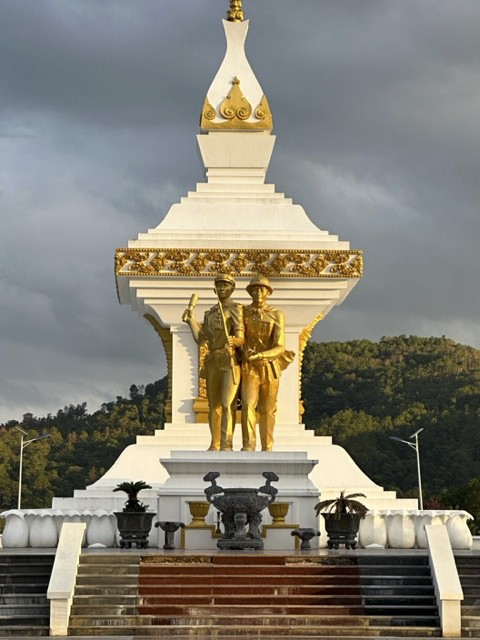
Standing on top of the Patuxay Triumphal Arch, I felt that more clearly. From the top of this famous structure, looking in all four directions, one can take in a view of Vientiane under construction and development. Next to That Luang, ancient temples are high-rise buildings, new neighborhoods stretch along the Mekong River, the gentle Mother River that has been the source of life for this city for generations.
The Arc de Triomphe, known in Lao as Patuxay, is a place we visited again on our first day in Vientiane. On a normal day, we met many foreign tourists coming here. Patuxay is 55m high, with four sides, each side is 24m wide, has seven floors and two sub-floors. The structure is modeled after the Arc de Triomphe in Paris, but still has very unique features of Lao architecture. The windows on the stairs of the tower are designed in the shape of Buddha statues. The seven floors of the tower are connected by spiral staircases. Each floor has exhibits about the culture, the country of Laos, and the process of building the tower. The Arc de Triomphe of Patuxay was built to honor the soldiers in the resistance war for the independence of the Lao people.
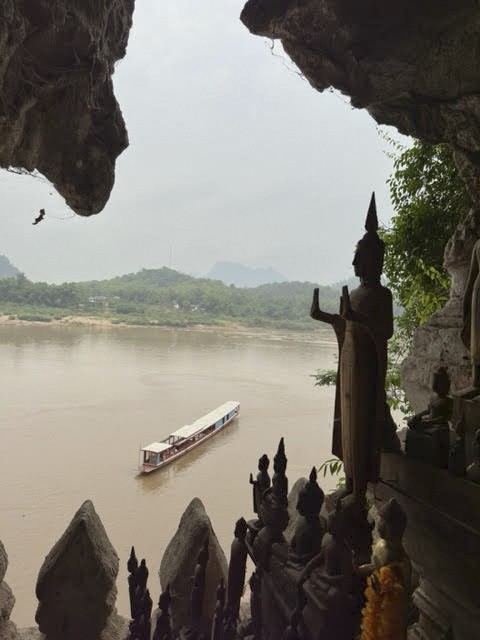
We visited That Luang in the heart of the capital, a national symbol of Laos, associated with the move of the capital from Luang Prabang to Vientiane in 1563.
In 1566, That Luang was built on the foundation of an old temple. That Luang is one of the largest Buddhist stupas in Laos, 45m high. Next to the stupa is a temple area with a famous reclining Buddha statue. That Luang Festival is held every November with very solemn Buddha bathing ceremonies, rice offering ceremonies, and blessing ceremonies.
We visited the Vientiane - Kunming railway station, a modern project that has been put into operation recently. This railway line has significantly contributed to increasing volume, shortening transportation time, reducing service prices, creating strong changes in economic activities, trade, import and export, and tourism between the capital Vientiane and other regions of Laos and with provinces of China.
3. We left Vientiane for Luang Prabang on Highway 13, a road over 230 km long and with many difficult sections.
The section from Vientiane to Vang Vieng, about 100 km, is quite good because there is a highway. I remember the first time I went to Vang Vieng with my colleagues at Lao News Agency KPL more than 10 years ago. An eco-tourism area in the middle of the mountains and forests. Many sports and entertainment activities with Lao identity. There are many international tourists. They climb mountains, swim down the Vang Vieng River, take cable cars across streams or set up campfires in the forest. Lao friends have developed a tourist area suitable to the potential here. This time coming back, I feel many changes taking place.
Luang Prabang, the old capital of Laos, has a nostalgic beauty. This place was the capital from the 13th to the 16th century. Next to the ancient temples with traditional Lao features are two-story wooden houses with French architecture and balconies in front, creating a feeling of closeness and warmth. Time has left its mark on this capital, through the changes and ups and downs of history. In 1995, Luang Prabang was ranked by UNESCO as a World Heritage Site for architecture, religion and culture. Some people say that Luang Prabang has a beauty that is a mixture of Da Lat and Hoi An.
Luang Prabang is located on a peninsula between the Mekong River and the Nam Khan River, with a mainly mountainous terrain, bordering the two provinces of Dien Bien and Son La in Vietnam. The city has an international airport, with great potential for economic and tourism development; it is an important transit and traffic connection point with the capital Vientiane, to Thailand, China and the northwestern provinces of Vietnam. Many airlines have flights here.
Pak Ou Cave is a famous relic in Luang Prabang, where there are about 4,000 ancient Buddha statues. It is said that 300 years ago, Lao people rowed boats up the river to the cave at night to hide Buddha statues when the capital Luang Prabang was invaded by foreign invaders. An old Lao man with a very simple smile took us by motorboat across the Nam Khan River. Thousands of Buddha statues on the cave walls, with all sizes and designs, create a very solemn and respectful space. From Pak Ou, on the way back to Luang Prabang, we visited the riverside craft villages with weaving, wine making and elephant farms, very attractive tourist destinations.
Phousi Hill is a famous place in Luang Prabang. We followed the pilgrims up 338 steps to the sacred temple located on the top of the hill. This is also where we can have a panoramic view of Luang Prabang in all four directions, watching the ancient capital at sunset.
During our stay in Luang Prabang, we also had meetings with the Vietnamese community. Ms. Kieu Thi Hang Phuc, Consul General and staff of the Vietnamese Consulate in Luang Prabang, young people from the Dien Bien provincial trade representative office here; painter Vu Thanh Hai, a very successful Hanoian in Luang Prabang... These meetings helped us understand more about the life of the Vietnamese community and the Vietnam - Laos relationship in this Northeastern region.
4. The journey to Xieng Khuang crosses a steep mountain pass. There are quite a lot of vehicles on this route. Many trucks weigh 30-40 tons. Trucks carry ore, wood, and agricultural products going north, and trucks carry goods, equipment, and machinery going south. With such a volume of traffic, it is understandable that the road is in bad condition. At many bends, the road is blocked, and our vehicle has to move close to the cliff to give way to the trucks.
We arrived in Phonsavan, Xiengkhuang province in the afternoon and immediately visited the Plain of Jars. The weather was still sunny. Luckily, if we waited until the next morning, the mountains were often foggy, and the sun would not shine until around noon. This is a famous place in Xiengkhuang. In the afternoon sun, ancient jars carrying mysterious messages from prehistoric times were scattered on wide hillsides, among green lawns and forests. This tourist attraction is near Phonsavan. Most tourists come here.
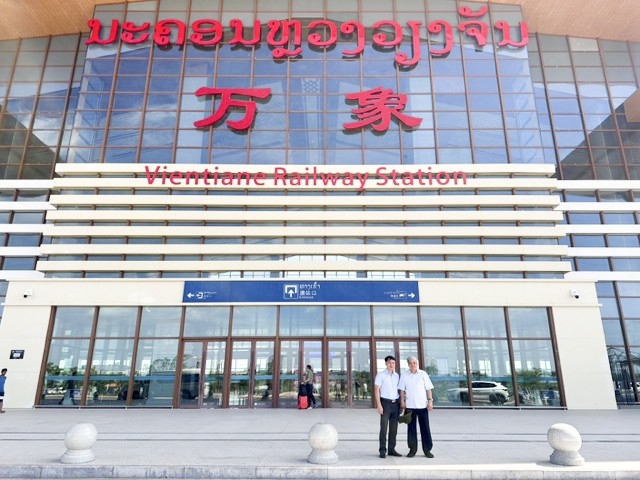
The Plain of Jars is a vast area of thousands of stone jars, clustered along the valleys and plains of the Xieng Khouang Plateau. According to archaeological records, more than 90 jar sites have been discovered in this area. The jars vary in height, with diameters ranging from 1 to 3 meters, and are all made of stone. The jars are cylindrical in shape, with the base larger than the mouth. It is believed that the jars originally had lids, although very few of them still have lids. Some of the lids are carved with animal figures.
Since the late 1930s, archaeologist Madeleine Colani (1866-1943), working at the French School of the Far East, who is very famous for her archaeological discoveries in Vietnam, has suggested that these jars are related to prehistoric burial activities. Archaeologists later determined that the jars here are 1,500 - 2,000 years old and considered the Plain of Jars one of the most important prehistoric sites in Southeast Asia. During the war, the Americans dropped bombs in this area many times. To this day, some places are still unsafe because of unexploded bombs. That afternoon at the Plain of Jars, I watched and filmed children playing next to the ancient jars. Life passed down through generations has always continued, from ancient times to today and tomorrow.
Returning from the Plain of Jars, we visited the Vietnam-Laos combat alliance memorial. The image of two Vietnamese and Lao soldiers fighting side by side, weapons in hand, ready to charge forward. The memorial was built in Xiengkhuang, the land that witnessed many major battles between Vietnamese volunteer soldiers and their Lao friends, establishing resounding victories in the common fight for independence and freedom.
We burned incense at the memorial and spent time visiting Phonsavan, a town with its own beauty in the historical land. Phonsavan has Craters Restaurant, owned by a Vietnamese, decorated with bomb shells and a collection of weapons, bombs and mines of all kinds that destroyed life on this land. Many Western tourists when coming to Xiengkhuang come to Craters Restaurant.
5. From Xiengkhuang to Sam Neua, the road is better, although there are still many steep passes. The scenery is beautiful, with clouds hanging over the misty green mountains. Villages nestle along the river. A peaceful morning. When I stopped at Namneu town on the roadside, I visited a small house. Two Lao women, with kind faces, happily invited us to sit down and have a drink. Although they could not speak Vietnamese, they seemed very happy to know that we were guests from Vietnam. When I met them, I thought of the song "Sam Neua Girl" by musician Tran Tien. During the war years, they were probably the same age as the girl in that song. In their memories, they must still have kept the image of Vietnamese volunteer soldiers in this revolutionary base area.
Sam Neua town is located in a small valley. From above, squares, flower gardens, offices, houses run along small streets. We visited the streets. A monument with the symbol of a tower on the main square, where the headquarters of the Hua Phan provincial government is located. The commercial area is quite busy. Some new hotels have been built. The central flower garden has tall stone pillars close together and beautiful statues. Children are running around in the park, next to visitors and the elderly leisurely strolling.
From Sam Neua to Viengxay, the capital of the Lao resistance, is only about 30km. Viengxay, which means victory in Lao language, was the base of the Lao revolution from 1964 to 1975. Thousands of people lived in interconnected caves in the mountains during the war years. This was where the leaders of the Lao People's Revolutionary Party and the Lao Resistance Government lived and worked, and the agencies of your leadership apparatus during the war years. There were tunnels used as meeting places, study places, hospitals, schools... All hidden deep in the mountains.
The lives of the people of Viengxay today have changed a lot. Many new buildings have sprung up on the old war zone. The most attractive point here is still the relics of the resistance war. All of them are still preserved in the memories of the people here. We visited the central exhibition house next to the area where the revolutionary predecessors lived; visited the mountain cave where General Secretary Kaysone Phomvihane, President Souphanuvong and many other key leaders of Laos lived and commanded the resistance. The living, working and meeting places of the Lao leaders were very simple in the harsh conditions of war. The meeting room of the Politburo of the Lao People's Revolutionary Party had only a long table and seven chairs; the resting place was also seven very simple individual beds... A stele attached to the cliff said that all the bunkers here were directly built by the Vietnamese engineering force.
Phu Khe (meaning cinnamon forest), the base of the Lao propaganda and press agencies, is not far from the leadership area. The Pathet Lao News Agency is also based in Phu Khe. This is where many cadres, reporters, and technicians of the Vietnam News Agency lived and performed their duties to help their friends.
In the book "Vietnam News Agency and KPL - Growing up together over the years" compiled by the two news agencies, there are many pages of memoirs of Vietnamese and Lao officials and reporters. The memories still live on today. Ms. Dao Huong, a famous Vietnamese businesswoman living in Pakse, still tells people about the story of journalist Dang Kien, former Head of the VNA's Foreign News Department, who, when residing in Laos, wholeheartedly helped her and overseas Vietnamese here connect with domestic agencies and localities right after 1975, so that she could return to the Fatherland, seek opportunities for cooperation, business and success until today. Ms. Dao Huong said that when journalist Dang Kien was still alive, she and a friend went to Hanoi to visit and express their gratitude to him.
In Vientiane, we met with businessman Le Hung, Chairman of the Vietnamese Association in Hua Phan. He is from Thanh Hoa, a former soldier who transferred to another career and came to Hua Phan to invest in the construction and service sectors. Le Hung told us about the life of the Vietnamese community and the cooperation between Vietnamese businesses and their Lao counterparts. This is a cooperation within the framework of the special Vietnam-Laos relationship, with many achievements and much potential in the future. We had a friendly meal with businessman Le Hung and his wife right in the center of Vientiane, not far from the historic revolutionary base that made this land famous.
We said goodbye to our friends in Viengxay and returned to Vietnam via Na Meo border gate (Thanh Hoa) with the promise to return one day soon. Ending a trip full of experiences and unforgettable impressions about the people and brotherly country of Laos.
Source: https://baolangson.vn/du-ky-xu-trieu-voi-5031963.html



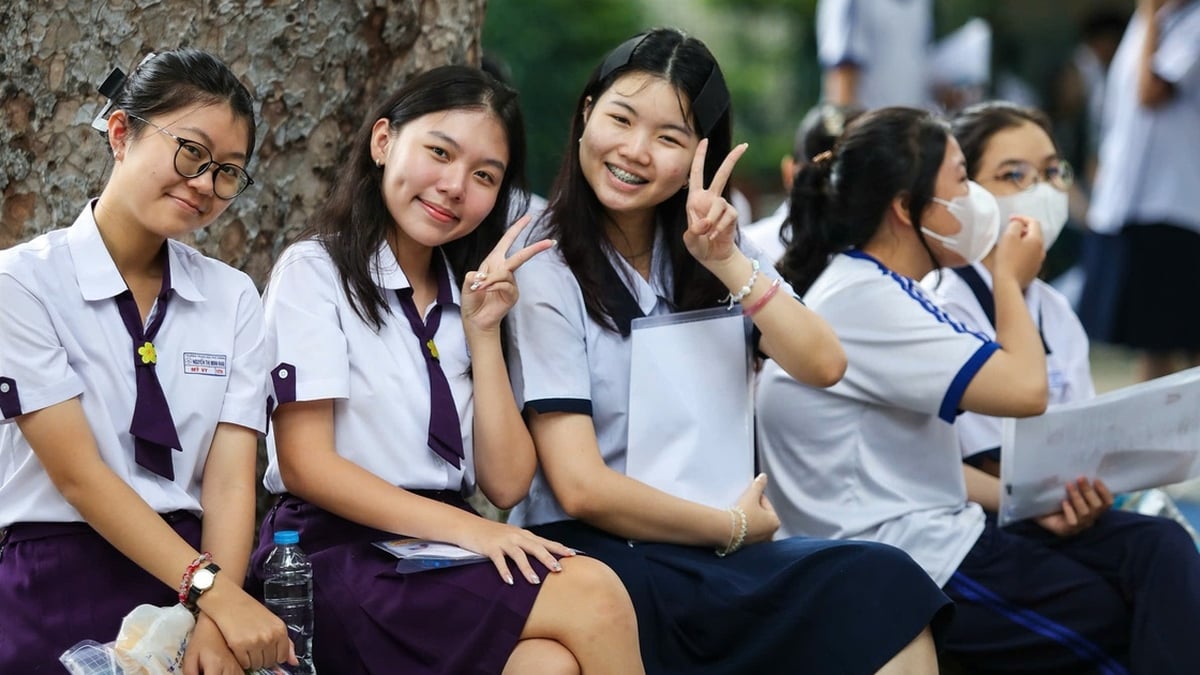
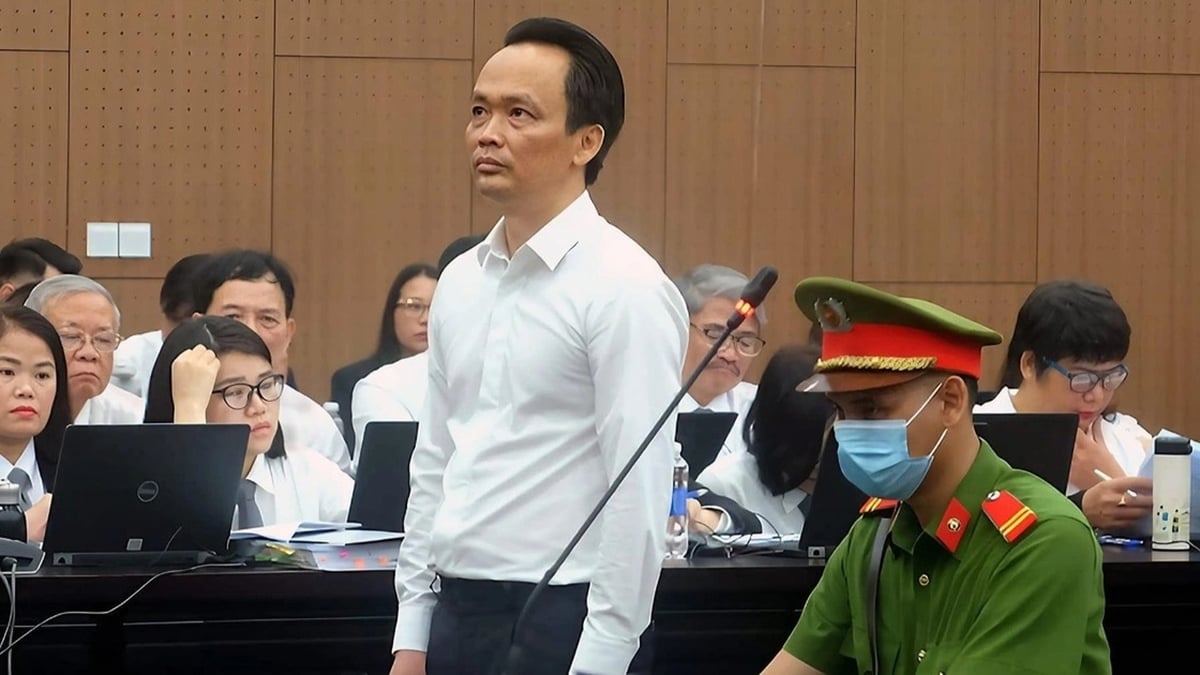
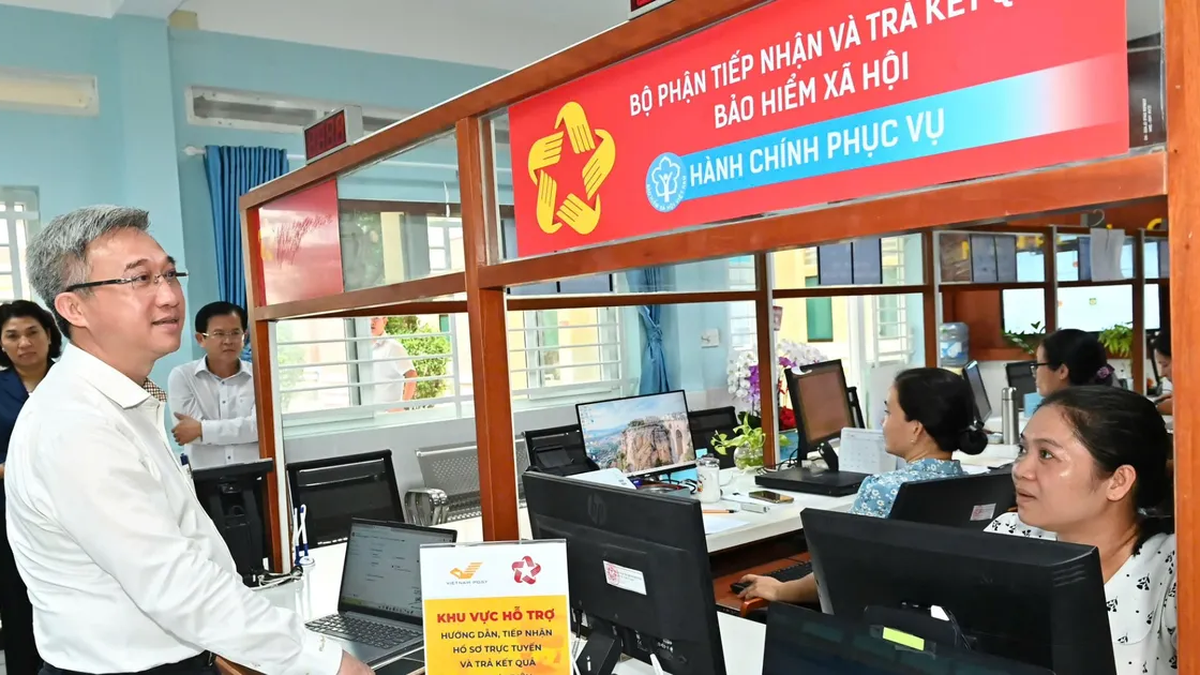
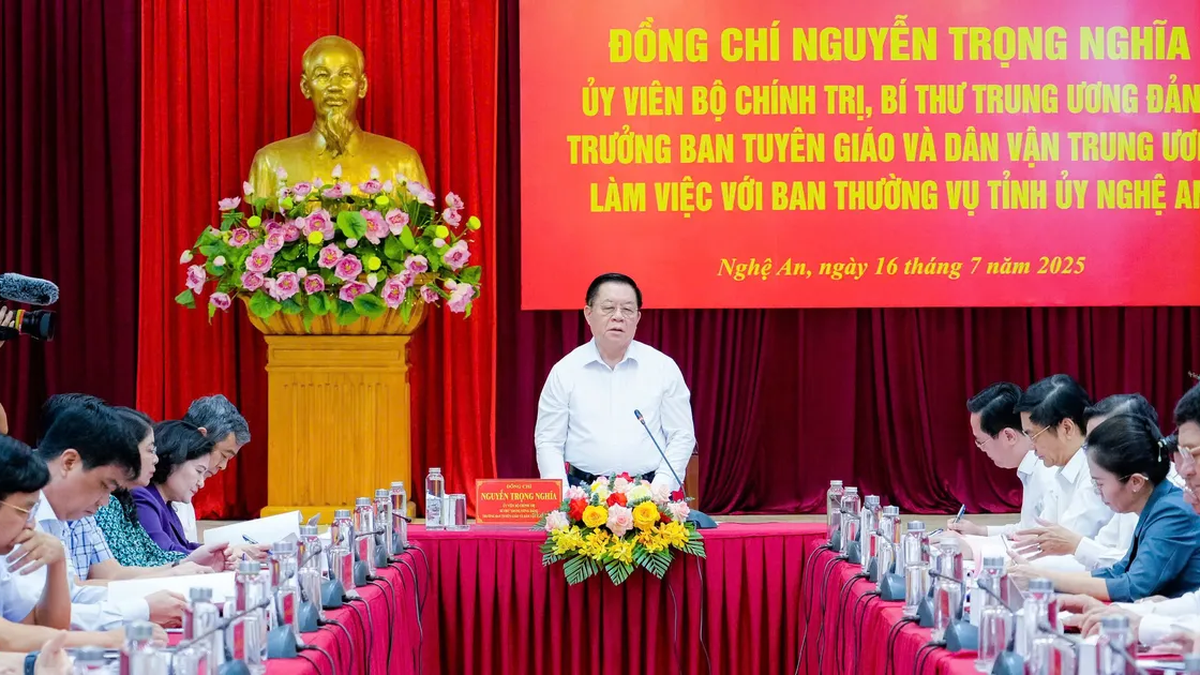
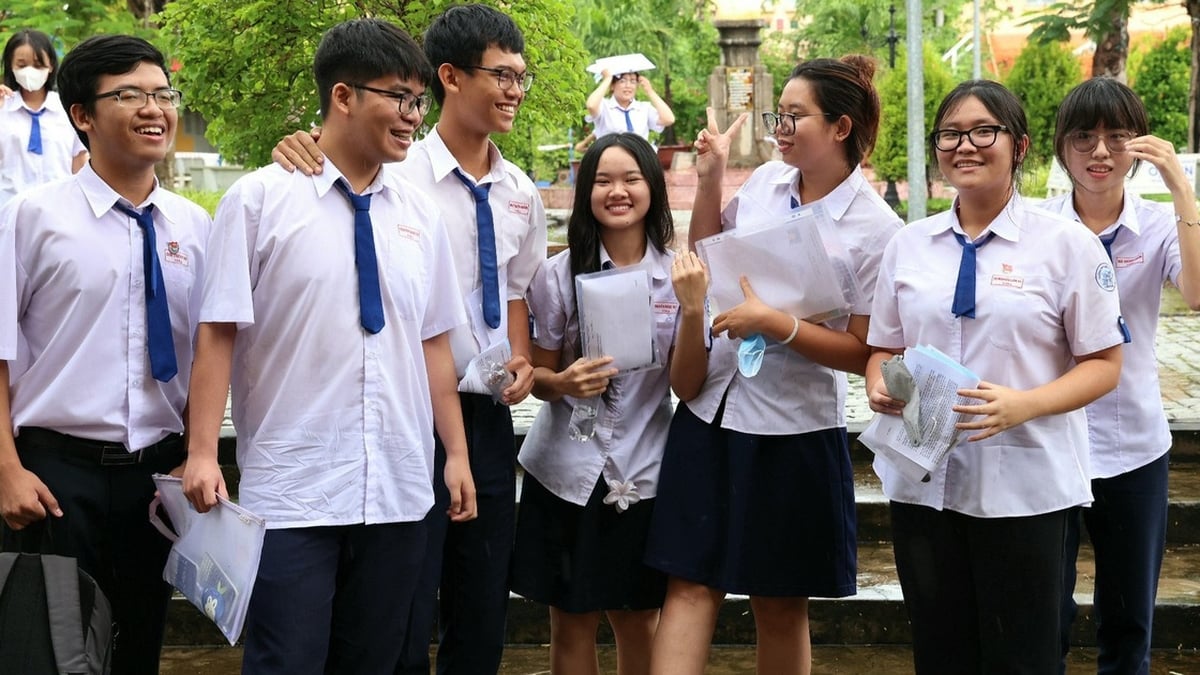

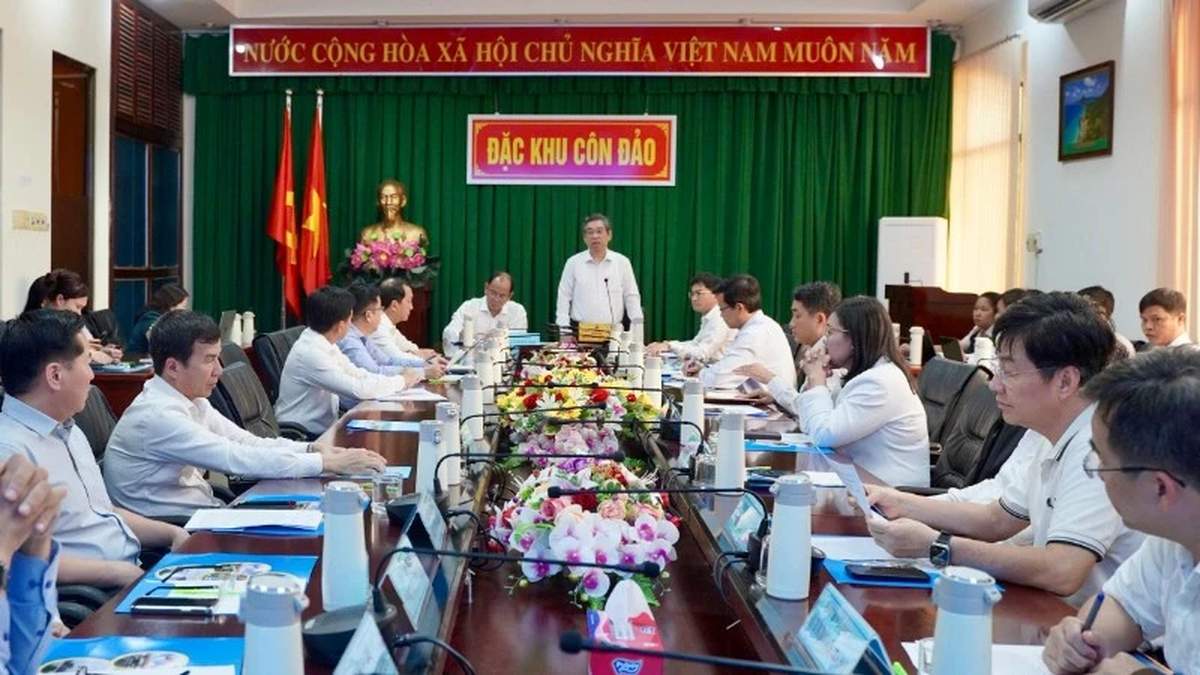
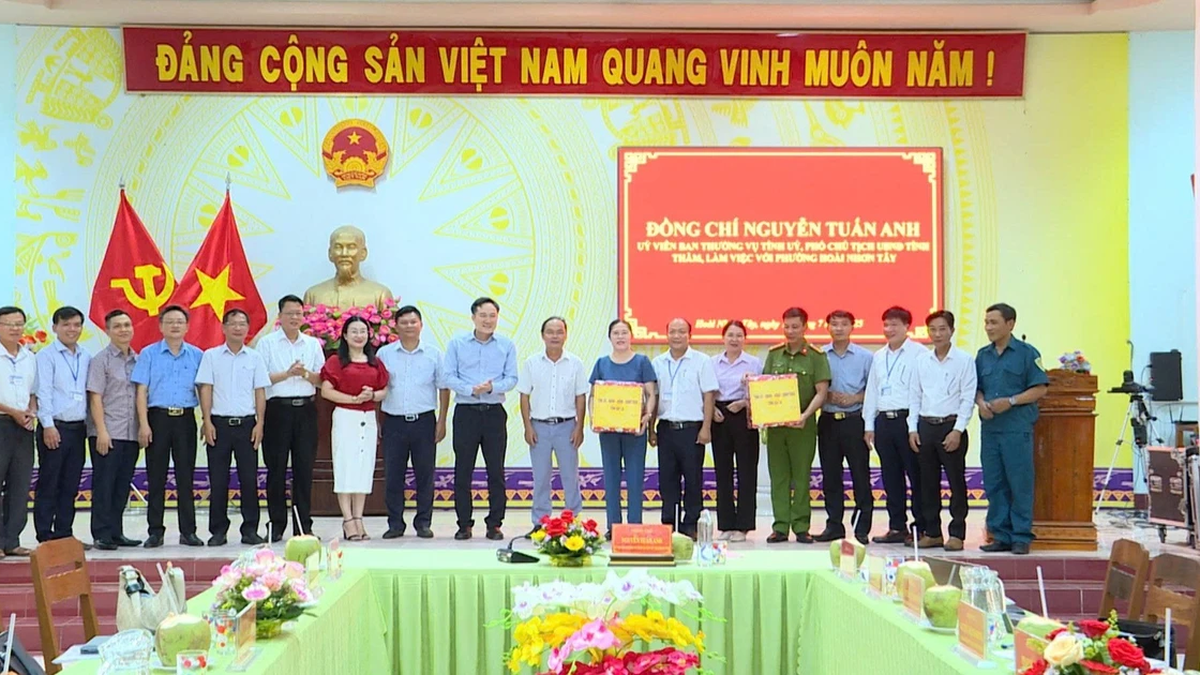
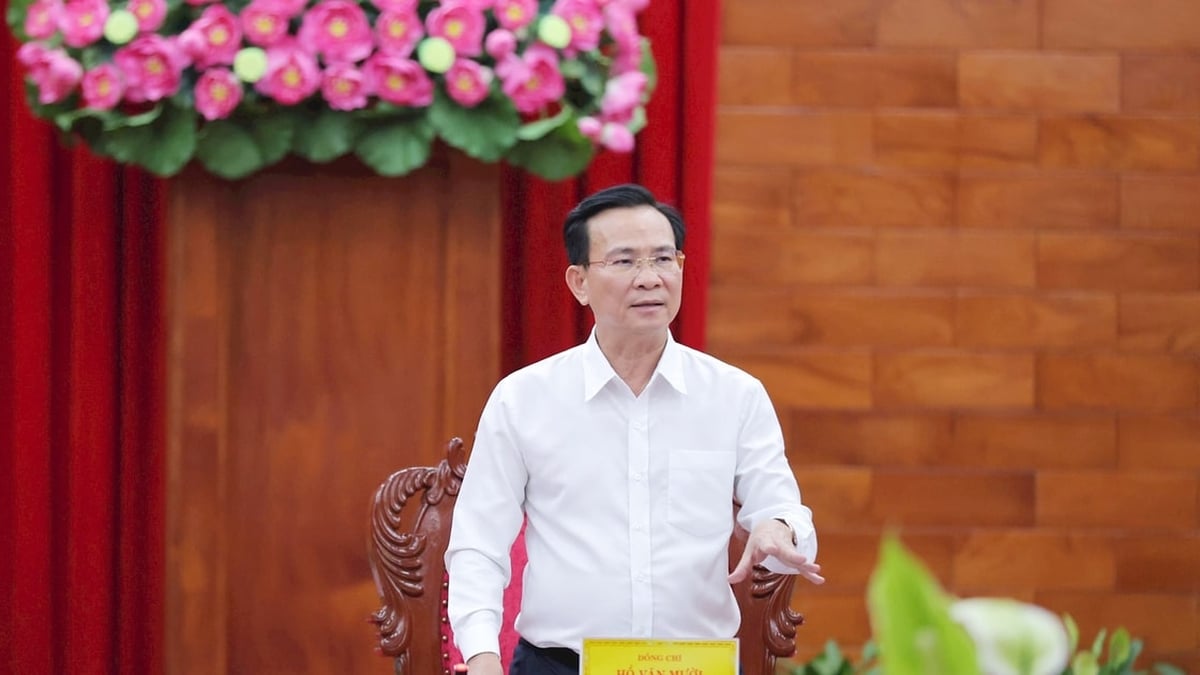








































![[Maritime News] More than 80% of global container shipping capacity is in the hands of MSC and major shipping alliances](https://vphoto.vietnam.vn/thumb/402x226/vietnam/resource/IMAGE/2025/7/16/6b4d586c984b4cbf8c5680352b9eaeb0)


















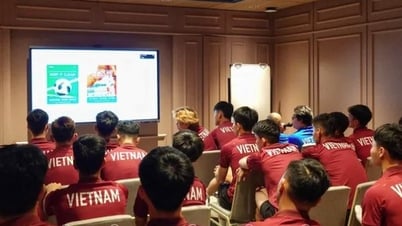
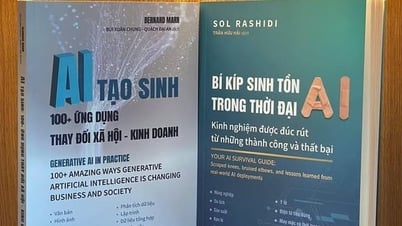






















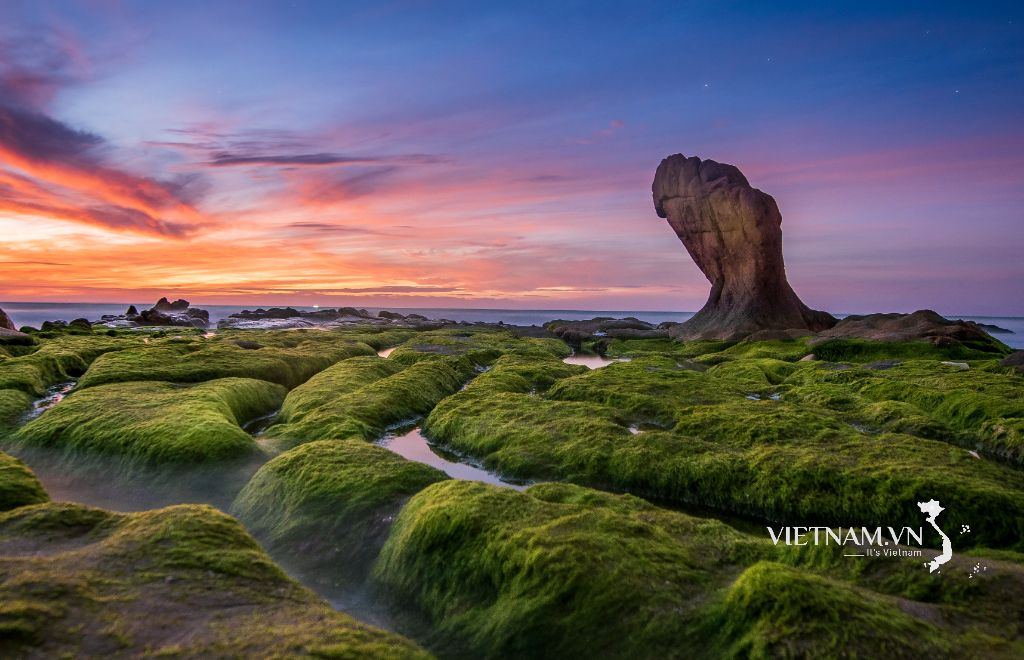

Comment (0)